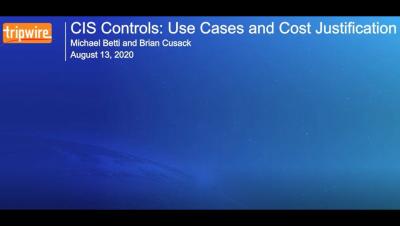Supply Chain Risk Management - What You Need to Know to Build a Successful SCRM Program
There is a story from years ago about a warehouse network of computers that was separated from the main network. Those machines were running older OSes. But since they weren’t connected to the company network, didn’t hold company data, and only ran the warehouse machines, they were deemed secure. One day, the sysadmin noticed that all of those computers had a glitch at the same time. He remotely rebooted and went back to his desk. But they all glitched again. What happened?










